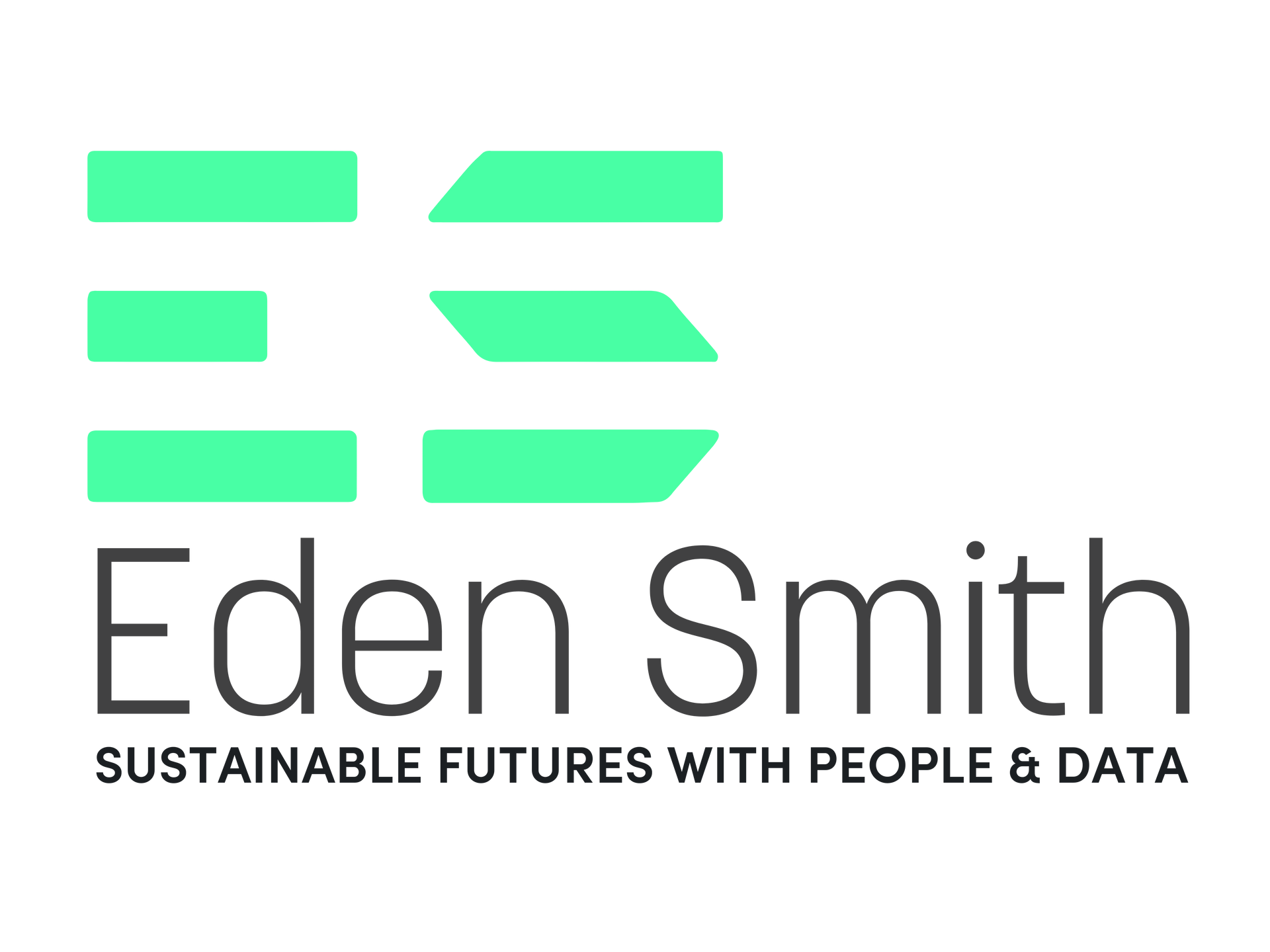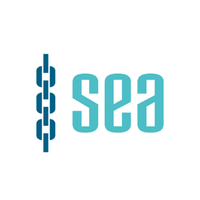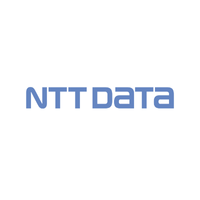Putting the Human Ahead of AI
This article was originally published in the HRDirector
The Urgent Need for Workforce Upskilling
AI enhances efficiency, but humans drive the strategy. While artificial intelligence can process vast amounts of data in seconds, it is human insight and strategic thinking that transform that data into meaningful decisions. The future isn’t just about machines... it’s about how we, as humans, leverage those machines to create smarter, more effective outcomes.
HR leaders are at the forefront of this transformation. As AI, data, and digital technologies reshape industries, the real challenge isn’t just integrating these tools - it’s equipping people with the skills to collaborate effectively with them. Future-ready organisations understand that investing in human potential is just as critical as investing in technology. Businesses that fail to embrace the efficiencies of transformation risk falling behind, while transformation itself will falter without a mindset that embraces change and fosters adaptability, collaboration, and innovation. By cultivating a culture of continuous learning, organisations can drive successful transformation while enhancing engagement and retention.
The Human Advantage in an AI-Driven World
AI is revolutionising the way we work, automating tasks, streamlining processes, and providing insights at an unprecedented speed. Yet even the most advanced AI lacks the creativity, emotional intelligence, and strategic foresight that only humans possess.
Human skills such as critical thinking, empathy, and communication differentiate successful teams from those that simply follow the data. AI can analyse information, but it takes human judgement to contextualise that data and make decisions that align with business goals and ethical considerations.
"AI accelerates data processing, but it's human creativity and strategic thinking that transform information into actionable decisions."
Phil Yeoman, CDO
The Rise of Power Skills
Technical expertise alone is no longer sufficient for achieving organisational success. The emphasis has shifted towards "power skills", formerly known as soft skills, which are pivotal in fostering effective collaboration and driving business growth.
The Evolution from Soft Skills to Power Skills
Historically, attributes such as communication, empathy, and adaptability were labelled as "soft skills", often perceived as secondary to technical abilities. However, recent insights underscore their critical importance, leading to their rebranding as "power skills". This shift highlights their role in empowering individuals and teams to excel in collaborative environments.
A study by Pearson in 2022 revealed that the top five most in-demand skills across major job markets are human-centric, including collaboration and customer focus. This trend is projected to continue, especially with the growth in AI, emphasising the sustained value of power skills in the workforce.
Cultivating Human Skills in the Workplace
Recognising the importance of power skills, businesses are investing in their development to enhance collaboration and overall performance.
- Gamified learning and team simulations offer experiential learning that increases engagement, retention, and application. Who does not like learning through play?
- Mentorship programmes have emerged as effective tools in skill-building. Research highlighted by Reuters indicates that mentored individuals earn 15% more than their non-mentored peers, attributing this to improved confidence and teamwork abilities.
- The rise of "fractional twinning", where part-time executives share roles, underscores the demand for adaptability and emotional intelligence in leadership positions. This approach allows businesses to access specialised skills flexibly, fostering a culture of continuous learning and collaboration.
In an era where technological advancements are reshaping industries, power skills remain the cornerstone of effective collaboration and business success. By prioritising the development of these skills, organisations can cultivate resilient, innovative, and cohesive teams poised to navigate the complexities of the modern workplace.
Why We Learn Better Together
Learning is often seen as a solitary pursuit, but research consistently shows that learning in social contexts significantly enhances understanding, retention, and application of knowledge. Whether through collaboration, simulation, discussion, or observation, social learning taps into our innate human tendencies to connect and share, making it a powerful tool for professional development.
The Science Behind Social Learning
Social learning is grounded in neuroscience and psychology. Studies indicate that when we learn in groups, our brains are more engaged, and we process information more deeply. Consider these key insights:
- Collaborative Learning Increases Retention: A study published in Psychological Science found that people who learn through discussion, group activities, or simulations retain up to 50% more information than those who study alone.
- The Role of Mirror Neurons: When we observe others performing tasks, our brain’s mirror neurons activate, helping us understand and replicate their actions more effectively.
- Boosting Cognitive Load Management: Group learning allows individuals to divide complex tasks, reducing cognitive overload and enhancing problem-solving efficiency.
Social learning does not just help us remember facts, it helps us apply what we have learned in practical, real-world contexts, making it an essential approach for workforce upskilling.
How Social Learning Shapes Professional Success
In the workplace, social learning is a cornerstone of effective training and collaboration. Consider these statistics:
- 70:20:10 Learning Model: Research shows that 70% of workplace learning happens through on-the-job experiences, 20% through social interactions, and only 10% through formal training (Centre for Creative Leadership).
- Faster Skill Acquisition: Teams that engage in collaborative learning complete training programmes 30% faster than those relying on individual learning (Harvard Business Review).
- Knowledge Sharing Boosts Innovation: Companies that encourage peer-to-peer learning see a 25% increase in innovation due to the diverse perspectives shared in group settings (McKinsey & Company).
By fostering a collaborative environment, organisations can upskill employees more efficiently while creating a culture of continuous improvement.
Harnessing the Benefits of Social Learning
Whether in classrooms or corporate offices, organisations can implement social learning strategies to maximise impact. Here is how:
- Encourage Collaboration: Use group projects, team brainstorming sessions, and peer feedback to foster interactive learning.
- Leverage Technology: Digital tools enable seamless collaboration, and simulation activities offer immersive, experiential learning that enhances retention.
- Create Safe Learning Spaces: Cultivate an environment where learners feel comfortable sharing ideas, asking questions, and learning from mistakes.
By integrating social learning principles into your strategy, you can unlock higher engagement, deeper understanding, and better outcomes.
The Takeaway
Humans are social creatures, and our learning thrives when it is collaborative. Whether we are working on a group project, sharing insights with colleagues, or discussing ideas in a boardroom, social learning makes the process more effective, enjoyable, and impactful.
“If you want to go fast, go alone. If you want to go far, go together.”
The future belongs to those who lead it. By embracing the power of social learning and prioritising human skills alongside AI advancements, organisations can ensure they stay ahead and are future fit.











